Technology
TikTok Reassures Advertisers Amid U.S. Ban Concerns While Expanding Ad Offerings

TikTok is addressing advertiser concerns head-on as it navigates the looming threat of a U.S. ban, emphasizing its confidence in a sustainable future while unveiling new ad offerings at the 2025 NewFronts conference. Despite a January 2025 deadline that forced the company to shut down its U.S. operations due to national security concerns tied to its Chinese parent company ByteDance, TikTok remains optimistic, assuring brands of its resilience. At the same time, the platform is rolling out expanded ad tools like the TikTok Pulse Suite, aiming to strengthen its position in the digital advertising space by offering innovative ways to connect with its massive user base, which once included 170 million Americans, within the broader social media landscape.
At the NewFronts, TikTok leadership, including Global Business Solutions President Blake Chandlee, sought to alleviate advertiser fears following the U.S. ban that took effect earlier in 2025. The ban stemmed from the Protecting Americans from Foreign Adversary Controlled Applications Act (PAFACA), passed in April 2024, which cited national security risks due to ByteDance’s ties to China. Despite this setback, TikTok highlighted its ongoing efforts to resolve the issue, pointing to a 75-day non-enforcement period granted by President Donald Trump on January 20, 2025, and negotiations for a potential joint venture where the U.S. would hold a 50% ownership stake. “We’re here, we’re confident, and we’re committed to staying,” Chandlee told advertisers, as reported by multiple outlets, emphasizing TikTok’s determination to remain a key player in the advertising ecosystem despite the uncertainty.
Simultaneously, TikTok announced expansions to its ad offerings, focusing on the TikTok Pulse Suite, which now includes Pulse Core and Pulse Premiere. Pulse Core allows brands to place ads next to the top user-generated content by category, holiday, or custom headings, while Pulse Premiere enables advertising alongside premium publisher content from partners like Warner Bros. Discovery, Formula 1, and Red Bull Media. Existing partners, such as Condé Nast, Disney, and NBCUniversal, continue to enhance the platform’s premium ad inventory. According to a 2024 U.S. iSpot Campaign Meta Analysis, a typical Pulse campaign reached an audience where 45% hadn’t seen the ad on TV, demonstrating its effectiveness in capturing new viewers. These tools are designed to help advertisers tap into cultural moments, offering targeted opportunities for brands to engage with TikTok’s highly active user base outside the U.S., where the platform remains operational.
TikTok also introduced Sponsorship Solutions and Content Sponsorship Packages to further enhance its ad offerings. Sponsorship Solutions lets brands appear in search results for specific branded terms, such as “Nike Air Jordan,” allowing them to curate content around these keywords for more tailored engagement. Content Sponsorship Packages embed brands in key cultural events, such as Live Nation’s The Submix, Beauty Month: Game Face, and the Las Vegas Grand Prix, helping advertisers connect with audiences during significant moments. “We are continuing to invest and develop our TikTok product suite to help advertisers meet their audiences in the moments that matter most—driving deeper impact across awareness, consideration, and outcomes,” said David Kaufman, Global Head of Product Operations and Solutions at TikTok. This focus on premium ad placements and cultural targeting aims to attract more TV ad dollars, positioning TikTok as a go-to platform for brand visibility.
The timing of these announcements is critical, as TikTok faces significant challenges in the U.S., where it once generated over $11 billion in annual ad revenue, according to WARC Media forecasts. The ban, which took effect after ByteDance failed to divest TikTok’s U.S. assets by the January 19, 2025, deadline, has led advertisers to shift budgets to platforms like Instagram and YouTube Shorts. However, TikTok’s proactive approach at NewFronts—coupled with its assurances of a potential resolution—has kept some advertisers engaged. The company has also offered favorable refund terms for campaigns disrupted by the ban, a move that has helped maintain trust among brands. Meanwhile, TikTok’s global operations continue to thrive, with partners like Formula 1 noting its role in driving growth among younger audiences, as stated by Jonny Haworth, Director of Commercial Partnerships at Formula 1: “TikTok is one of the fastest-growing platforms for Formula 1 and is part of the reason we are seeing phenomenal growth among younger audiences around the world.”
Despite its confidence, TikTok’s future in the U.S. remains uncertain. The company has faced scrutiny over data privacy and potential influence from the Chinese government, concerns that mirror broader debates about user data security across social media platforms. Critics, including some U.S. lawmakers, have pointed out that American companies also collect and sell user data, often without oversight, highlighting a perceived hypocrisy in targeting TikTok. Additionally, the Supreme Court case TikTok, Inc. v. Garland (2025), which challenged the constitutionality of PAFACA on free speech grounds, has yet to yield a definitive resolution. TikTok’s efforts to negotiate a joint venture with the U.S. government may offer a path forward, but the outcome hinges on political and regulatory developments under the new Trump administration.
TikTok’s dual focus on reassuring advertisers and expanding its ad offerings reflects its determination to weather the storm while continuing to innovate. The platform’s ability to connect brands with culturally relevant moments through tools like Pulse Core and Sponsorship Solutions could help it retain advertiser interest, even as it navigates challenges in the U.S. market. However, the potential loss of the U.S. audience—once a cornerstone of its global reach—poses a significant hurdle, and TikTok will need to prove its value in other regions to sustain its growth. As the platform works toward a resolution, its message to advertisers is clear: TikTok is here to stay, ban or no ban. What are your thoughts on TikTok’s strategy to reassure advertisers, and how might its new ad tools impact your brand’s marketing approach? Share your perspective in the comments—we’d love to hear your insights on this evolving situation.
Technology
Nintendo Switch 2 Final Specs Revealed: Custom NVIDIA GPU, DLSS Support, and Major Performance Gap Between Docked and Handheld Modes
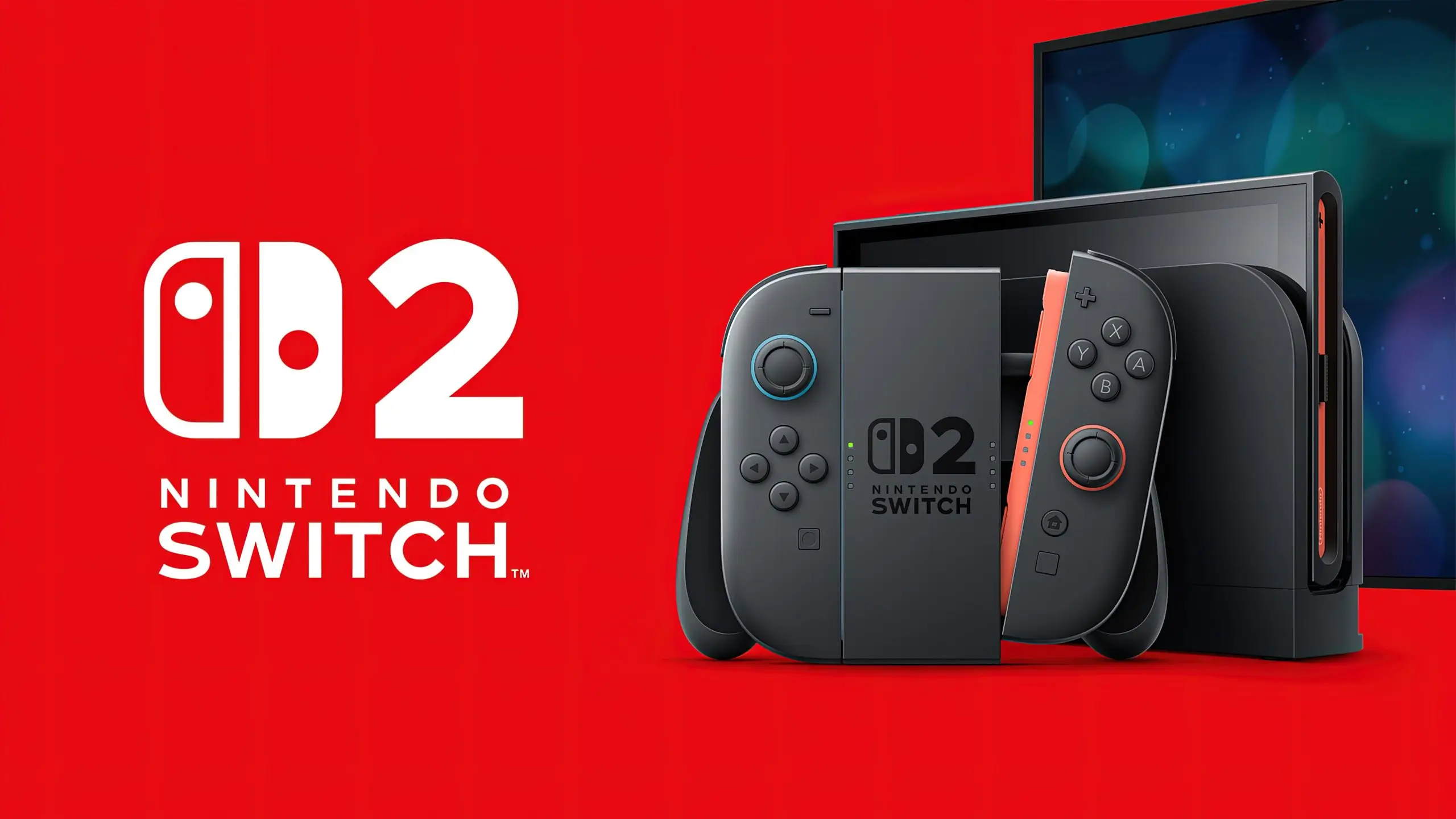
Nintendo has finally unveiled the complete technical specifications for its highly anticipated Switch 2 console, confirming rumors of a custom NVIDIA GPU and DLSS support while revealing a significant performance disparity between docked and handheld modes that has surprised many industry analysts.
Nintendo Confirms Switch 2 Hardware After Months of Speculation
After months of carefully controlled information releases and vague statements, Nintendo has officially disclosed the full technical specifications for the Switch 2 console. Digital Foundry, known for their in-depth technical analysis of gaming hardware, has published a comprehensive breakdown of the system’s capabilities, ending widespread speculation about the console’s power and features.
The Switch 2 will be powered by a custom NVIDIA Tegra T239 system-on-chip featuring an 8-core ARM Cortex-A78AE CPU configuration running at 1.8GHz in handheld mode and 2.5GHz when docked. This represents a substantial upgrade from the original Switch’s Tegra X1 chip with its 4-core CPU that was based on the older ARM Cortex-A57 architecture.
Custom NVIDIA GPU and DLSS Support
Perhaps the most significant revelation is the confirmation that the Switch 2 will feature a custom GPU based on NVIDIA’s Ampere architecture – essentially a miniaturized version of the technology found in the RTX 30 series desktop graphics cards. The GPU will feature 12 Streaming Multiprocessors (SMs) and operate at variable clock speeds: 600MHz in handheld mode and 1GHz when docked.
Nintendo has also confirmed that the system will support NVIDIA’s DLSS (Deep Learning Super Sampling) technology, which uses AI-based upscaling to improve image quality and performance. This feature will be crucial for the system to reach higher resolutions while maintaining acceptable framerates, especially when running more demanding titles.
“The inclusion of DLSS is a game-changer for Nintendo,” notes Digital Foundry’s technical director. “It allows the Switch 2 to punch above its weight class by intelligently upscaling from lower internal resolutions while maintaining visual fidelity.”
Significant Performance Gap Between Docked and Handheld Modes
One surprising aspect of the specifications is the substantial performance differential between docked and handheld modes. According to the technical analysis, the Switch 2 will experience up to a 60% performance reduction when used as a portable device compared to when it’s connected to a TV.
This performance gap is significantly larger than what was seen in the original Switch, which typically saw around a 40% difference between modes. The disparity is primarily due to aggressive clock speed reductions implemented to maintain acceptable battery life and manage thermal output in the handheld form factor.
Memory and Storage Specifications
The Switch 2 will come equipped with 12GB of LPDDR5 memory, a substantial upgrade from the original’s 4GB of LPDDR4. This increased memory allocation will allow for more complex games with higher-resolution textures and more detailed environments.
For storage, the base model will include 256GB of internal NAND flash storage, with premium editions offering up to 512GB. The console will retain the microSD card slot for expandable storage, with support for cards up to 2TB.
Display and Resolution Capabilities
Nintendo has opted for a 7-inch OLED display for the Switch 2, maintaining the same screen size as the OLED version of the original Switch but with improved brightness and color accuracy. The panel will feature a 1080p resolution, up from the 720p display of its predecessor.
When docked, the system will be capable of outputting at up to 4K resolution for supported games, though many titles are expected to run at dynamic resolutions with DLSS upscaling to maintain performance targets.
Battery Life and Thermal Management
Battery life has been a significant focus for Nintendo with the new hardware. Despite the increased performance, Nintendo claims the Switch 2 will offer between 4-7 hours of gameplay on a single charge, comparable to the revised model of the original Switch.
To manage thermal output from the more powerful components, Nintendo has implemented an enhanced cooling solution that includes a larger heat sink and improved fan design. This thermal management system is crucial for maintaining performance during extended play sessions, particularly for more demanding games.
Backward Compatibility and Game Support
Nintendo has confirmed that the Switch 2 will feature backward compatibility with “most” original Switch titles. However, some games may require updates or patches to fully function on the new hardware. The company has stated that it is working with developers to ensure a smooth transition for the existing library.
Industry analysts suggest that while the new hardware represents a substantial upgrade, it still falls short of the raw processing power found in the PlayStation 5 and Xbox Series X. However, Nintendo’s focus has traditionally been on innovative gameplay rather than pushing technical boundaries.
Preorder Information and Release Date
Following the specifications reveal, Nintendo has opened system reservations at select retailers. The standard model is priced at $399.99, with a premium edition featuring additional storage and bundled software available for $449.99.
The Nintendo Switch 2 is scheduled for release in November 2025, positioning it perfectly for the holiday shopping season. The company expects high demand and potential supply constraints, encouraging interested consumers to secure preorders early.
Market Impact and Industry Response
The confirmation of the Switch 2’s specifications comes at a critical time for Nintendo, as the original Switch approaches its ninth year on the market. While the current system continues to sell well, hardware sales have begun to decline as consumers anticipate the next generation.
Gaming industry analysts remain optimistic about the Switch 2’s prospects, noting that Nintendo’s strategy of pairing accessible hardware with strong first-party software has proven successful in the past.
“Nintendo doesn’t need to compete directly with Sony and Microsoft on raw performance,” explains industry analyst Michael Pachter. “Their strength lies in their exclusive franchises and unique hardware features. The Switch 2 specifications suggest they’re maintaining that philosophy while still delivering meaningful technical improvements.”
With the specifications now confirmed, attention turns to Nintendo’s software lineup for the new console. While several titles have been hinted at, including new entries in the Mario and Zelda franchises, Nintendo is expected to reveal its launch lineup at a dedicated Nintendo Direct presentation in the coming weeks.
As the holiday season approaches, the Switch 2 is positioned to be one of the most sought-after tech products of 2025, continuing Nintendo’s tradition of innovative gaming hardware that prioritizes unique experiences over pure technical specifications.
Technology
Chinese Robotaxi Operator Pony.ai Reports First Fire Incident, No Injuries, But Stock Plunges
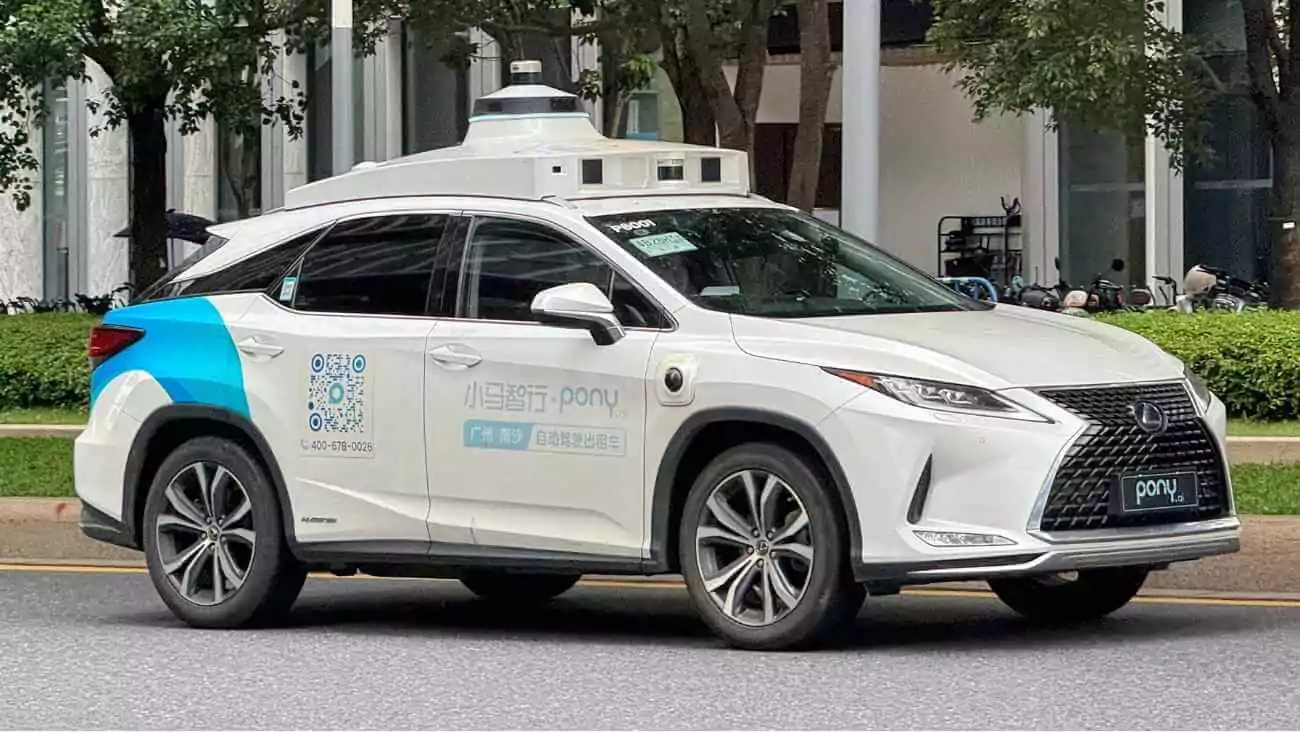
On May 14, 2025, Pony.ai, a leading Chinese robotaxi operator, announced its first fire incident involving one of its autonomous vehicles in Beijing, with no injuries reported. This event, marks a significant moment for the company, which is navigating the complexities of AI-driven public safety tools and AI accessibility efforts, while facing scrutiny over AI privacy and security concerns.
The incident occurred around 9:30 a.m. when the vehicle, which was not carrying any passengers, was detected with an abnormal status. According to the report, the fire broke out during the handling process, prompting Pony.ai to coordinate with authorities for containment. Reuters confirmed that no injuries were reported, but the cause of the fire remains under investigation, a development that echoes cybersecurity challenges in AI systems. Seeking Alpha noted that the robotaxi was empty at the time, mitigating potential risks, while GuruFocus highlighted a 10% drop in Pony.ai’s stock price following the incident, reflecting investor concerns over AI-driven creative tools and their real-world implications.
Pony.ai, which operates over 250 robotaxis across major Chinese cities like Beijing, Shanghai, and Guangzhou, has been at the forefront of autonomous vehicle technology. The company’s recent partnership with Toyota, BAIC, and GAC’s Aion to develop cost-effective robotaxis was seen as a step towards mainstream adoption, but this fire incident raises questions about the reliability and safety of such systems, a theme often explored in AI communication advancements. The event underscores the challenges of scaling AI technologies, particularly in AI-driven public safety contexts, where trust and performance are paramount.
The fire, while contained without harm, has sparked a broader discussion on the ethical and practical implications of AI in transportation. Concerns about data privacy, system reliability, and the potential for misuse are heightened, especially as Pony.ai aims to expand its fleet and operations. This incident serves as a reminder of the delicate balance between innovation and safety, a balance often tested in AI privacy debates.
As the investigation continues, the outcome could influence regulatory approaches to autonomous vehicles, both in China and globally. For Pony.ai, the road ahead involves not only technical fixes but also rebuilding investor and public confidence. What are your thoughts on Pony.ai’s first fire incident—does it signal a setback for robotaxi technology, or is it a manageable hurdle in the journey towards AI-driven transportation? Share your insights in the comments; we’re eager to hear your perspective on this critical development.
Technology
Apple Partners with Synchron to Bring Brain-Controlled iPhones and Vision Pro
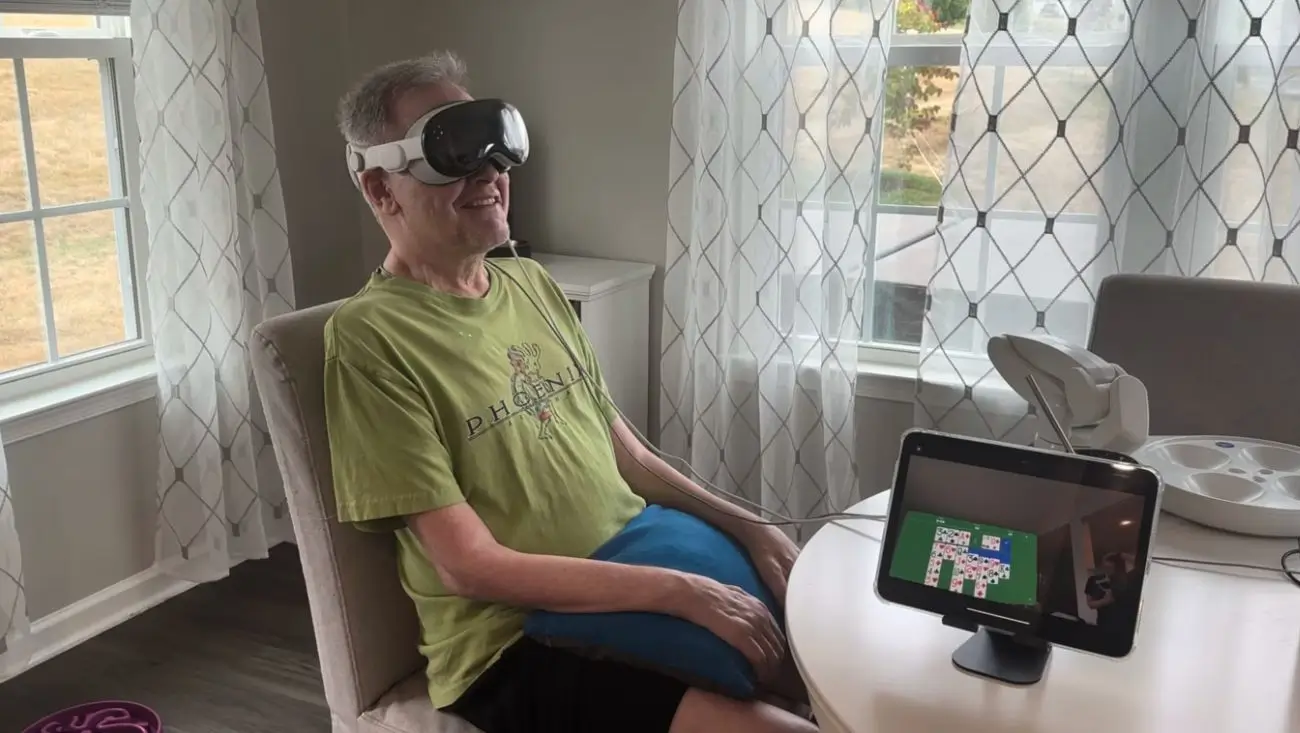
Apple has teamed up with Synchron, a pioneering brain-computer interface (BCI) company, to develop technology that allows users to control iPhones, iPads, and Apple Vision Pro devices using their thoughts, as announced on May 13, 2025. This collaboration marks a significant milestone in accessibility, enabling hands-free, voice-free interaction for individuals with motor impairments, such as those with ALS, stroke, or spinal cord injuries. The integration of Synchron’s BCI technology with Apple’s devices is part of a broader push towards AI-driven public safety tools and AI accessibility efforts, reflecting the growing importance of inclusive technology.
The partnership leverages Synchron’s implantable BCI system, which avoids open brain surgery by being implanted via blood vessels, making it a scalable solution for neural interface technology. Apple’s new BCI Human Interface Device (HID) protocol, introduced in iOS 19 and visionOS 3, recognizes neural interfaces as a native input category, allowing seamless integration with built-in accessibility features like Switch Control. This development is a game-changer for users who cannot use traditional input methods, aligning with advancements in AI communication tools that enhance user interaction.
Thoughts are now an input device.
Today, @Apple announced its new BCI Human Interface Device (#HID) protocol—and Synchron is proud to be the first brain-computer interface company to achieve native integration with iPhone, iPad, and Apple Vision Pro.
That means:
🧠 No touch.… pic.twitter.com/7prNC3uoau
— Synchron (@synchroninc) May 13, 2025
The technology enables users to control their devices without physical movement, translating brain signals into actions such as selecting, controlling, and manipulating interfaces. This is particularly transformative for individuals with severe motor impairments, offering them a new level of independence. The collaboration also lays the groundwork for future cognitive input technologies, potentially expanding the capabilities of Apple’s ecosystem, a trend often seen in AI-driven creative tools that push technological boundaries.
However, the implementation of BCI technology faces challenges, including the early stage of development and limitations such as the lack of cursor movement mimicry, which can slow navigation. The resource-intensive nature of BCI systems could also pose barriers to widespread adoption, a concern often raised in AI privacy debates about equitable access to innovation. Additionally, the ethical implications of brain-controlled technology, such as data privacy and consent, remain critical issues that must be addressed, a theme often explored in cybersecurity discussions.
Apple’s commitment to accessibility is further demonstrated by other features in iOS 19, such as enhanced support for individuals with ALS through the Personal Voice feature, which allows users to create a voice that sounds like their own. This holistic approach to accessibility underscores the company’s dedication to inclusive technology, a strategy often seen in AI-driven public safety tools that prioritize user needs.
In conclusion, Apple’s partnership with Synchron to bring brain-controlled technology to its devices represents a significant leap forward in accessibility and AI integration. As technology continues to evolve, the balance between innovation and ethical responsibility will be crucial. What do you think about brain-controlled iPhones and Vision Pro—will they transform accessibility, or do they face significant hurdles? Share your thoughts in the comments—we’d love to hear your perspective on this groundbreaking development.
-

 AI3 months ago
AI3 months agoDeepSeek AI Faces U.S. Government Ban Over National Security Concerns
-
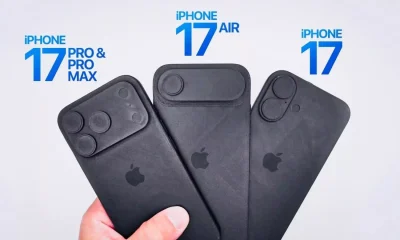
 Technology2 months ago
Technology2 months agoiPhone 17 Air and Pro Mockups Hint at Ultra-Thin Future, Per Leaked Apple Docs
-

 AI2 months ago
AI2 months agoGoogle Gemini Now Available on iPhone Lock Screens – A Game Changer for AI Assistants
-
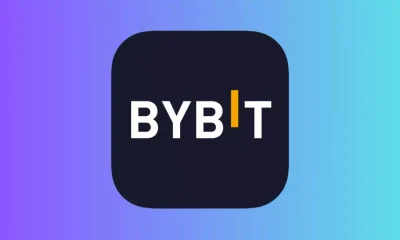
 Technology3 months ago
Technology3 months agoBybit Suffers Record-Breaking $1.5 Billion Crypto Hack, Shaking Industry Confidence
-
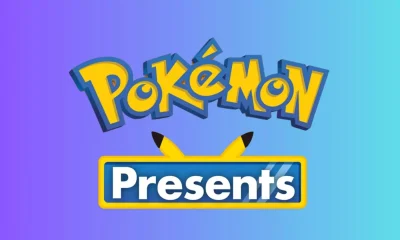
 Technology3 months ago
Technology3 months agoPokémon Day 2025 Celebrations Set for February 27 With Special Pokémon Presents Livestream
-
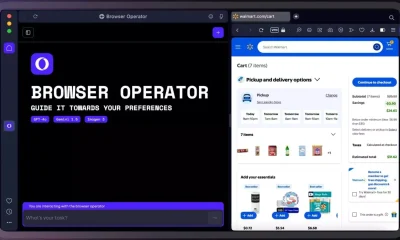
 AI2 months ago
AI2 months agoOpera Introduces AI-Powered Agentic Browsing – A New Era for Web Navigation
-
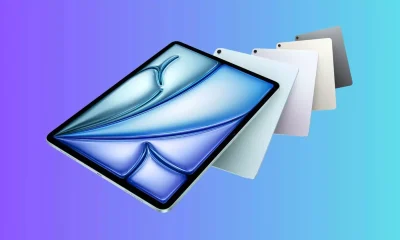
 Technology2 months ago
Technology2 months agoApple Unveils New iPad Air with M3 Chip and Enhanced Magic Keyboard
-

 AI2 months ago
AI2 months agoChina’s Manus AI Challenges OpenAI with Advanced Capabilities
